
“Cycling” is the term used in the aquarium hobby for the process which grows colonies of something called “beneficial bacteria”. Note that all these discussions define “beneficial bacteria” to include both ammonia oxidizing bacteria (AOBs) and ammonia oxidizing archaea organisms (AOAs). These “beneficial bacteria” convert toxic fish pee (ammonia) to a relatively innocuous compound called nitrate. Growing these colonies normally takes 4 to 10 weeks. These colonies are the brown gunk that forms on the filter media in the filter.
For the two simplest ways to cycle (“Fish-in” and “Fishless”) go to this article:
1.1.2. Cycling for the Beginner
“Cycling” in the aquarium can be a very simple topic or it can be a very complex topic. “Cycling” tends to confuse beginners because there are hundreds of ways to successfully cycle an aquarium. So everyone has different advice. This series of articles tackle the topic of “cycling” in layers. The most simple explanations are first. Then there are progressively more complex explanations in layers after that.
This repetition results in a long boring chapter and articles which are only for the real nerds, like the author. This chapter and the associated seven articles have over thirty methods for cycling any aquarium.
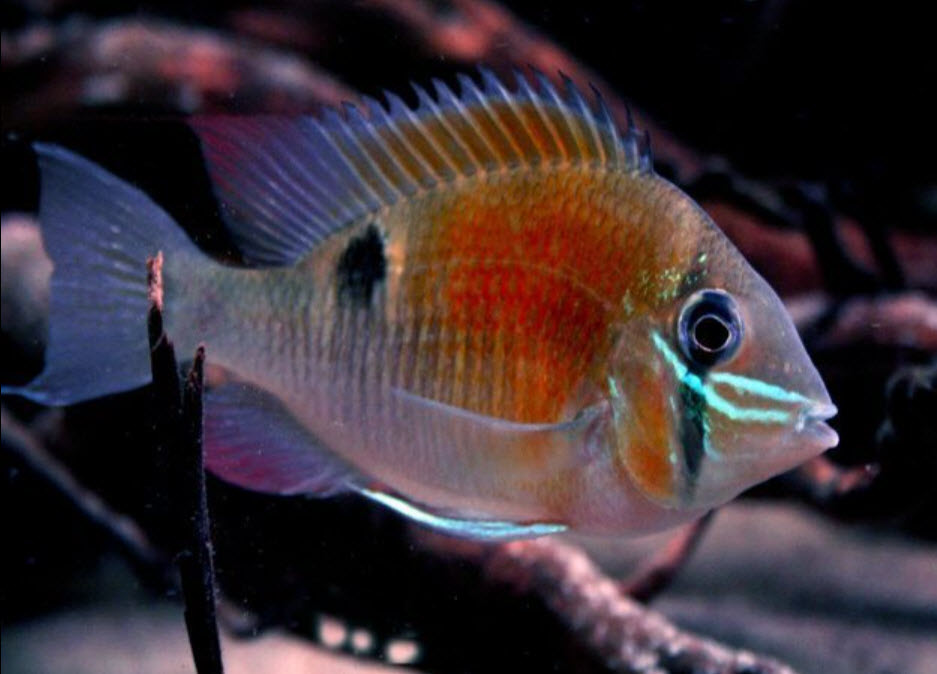
Level 1; Keeping “Cycling” Simple
If you have a new aquarium, hold off on the fish (and the plants), set it up with the filters and an air pump, add water, add a water conditioner for chlorine removal and go. Feed the tank and the filter just as though you had fish in the tank. Your water may get cloudy in a few weeks. Ignore that. It will clear in four to six weeks. When the water clears in four to six weeks add the fish you want (small numbers of small fish).
Your ornaments and gravel will get brown stuff on them. That’s quite normal and the best course of action is to learn to live with it. And that’s it. Easy!
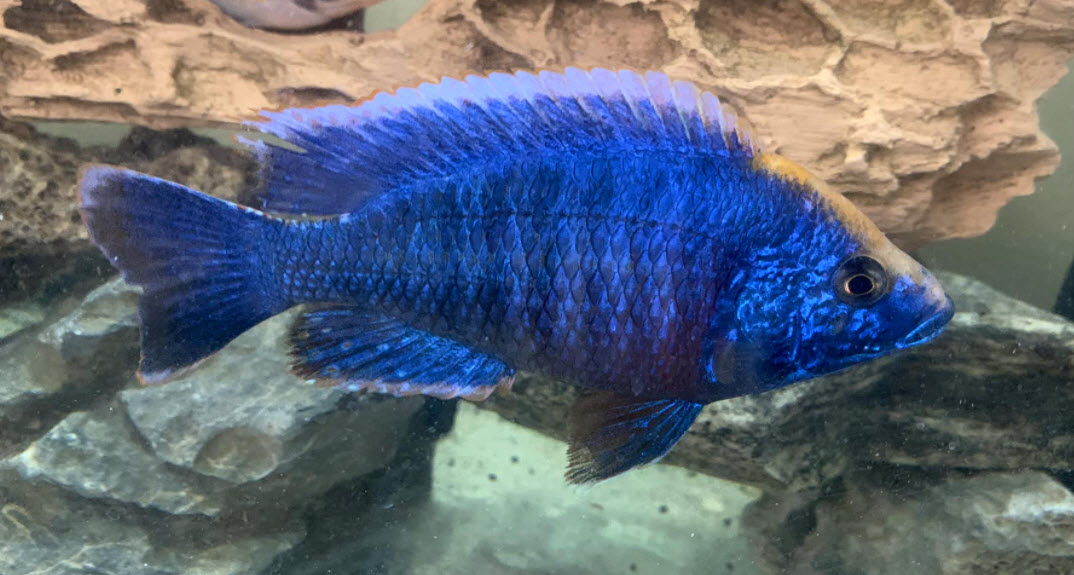
Level 2; “Cycling”, a Little More Complicated
If you are a beginner with a new aquarium, keep things simple. Fill the aquarium with water and add chlorine conditioner per the directions. Start all the filters. Don’t add any fish. Wait at least four weeks before adding the fish and/or plants.
Add at least one level teaspoon per 25 gallons of brown gunk-filled material from an established aquarium filter (the best material), or composted (WELL COMPOSTED, not fresh!) cow manure, or pond mud, or dirt from the garden, or the soil from a potted plant to the new aquarium. These “seed” materials all contain lots of “beneficial bacteria” (both bacteria and archaea) which will jump-start the cycling process in the aquarium. Note commercial packaged potting soils are sterilized and will not work. Put the seed material in a sock (the type you put on your feet) and put it around the filter intake. Squeeze the sock every few hours. Remove the sock after two weeks or so.
Aerate the water well with air stones and an air pump. Add about one-half teaspoon of dry fish food per 25 gallons of water per day. Keep adding the food daily till your tank is cycled. The food will get all gross with white “stuff”. Ignore it. The food has to decompose to feed the “beneficial bacteria”.
Just let the aquarium and the filter go for about four weeks with no water changes or filter cleanings. The tank may get very cloudy and even smell. Ignore it and just be patient. When the water clears or after at least four weeks of feeding your tank is ready to add fish. Easy!
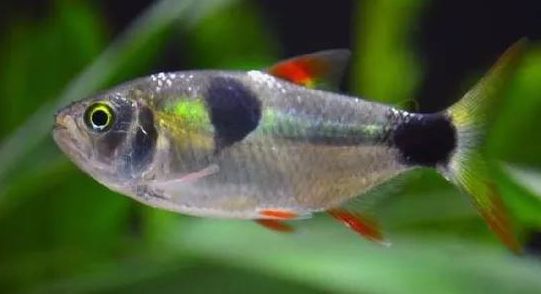
What is “Cycling”
When first setting up an aquarium most hobbyists like to do something which is called “cycling” by aquarium hobbyists. “Cycling” per this definition is the creation of colonies of “beneficial bacteria” (technically both bacteria and an organism called “archaea”) which break down somewhat poisonous fish pee (ammonia) into a non-poisonous compound called “nitrate”.
This “cycling” is done by adding a constant “feed” of decomposing food (which releases ammonia), ammonia excreted from fish, or chemical ammonia. This “feed” allows the slow growth of these beneficial bacterial colonies on the filter media.
Three things are important when cycling a tank. They are:
.
Patience, Patience, and Patience
.
Contrary to many myths, that is all one needs to know to cycle an aquarium.
The process by which “beneficial bacteria” (both bacteria and archaea) break down fish pee (ammonia) is called the “nitrogen cycle”. Many people say one must understand the science of the “nitrogen cycle” if you have an aquarium. While we explain the nitrogen cycle in other articles in great depth, an understanding of the nitrogen cycle is NOT needed to have an aquarium.
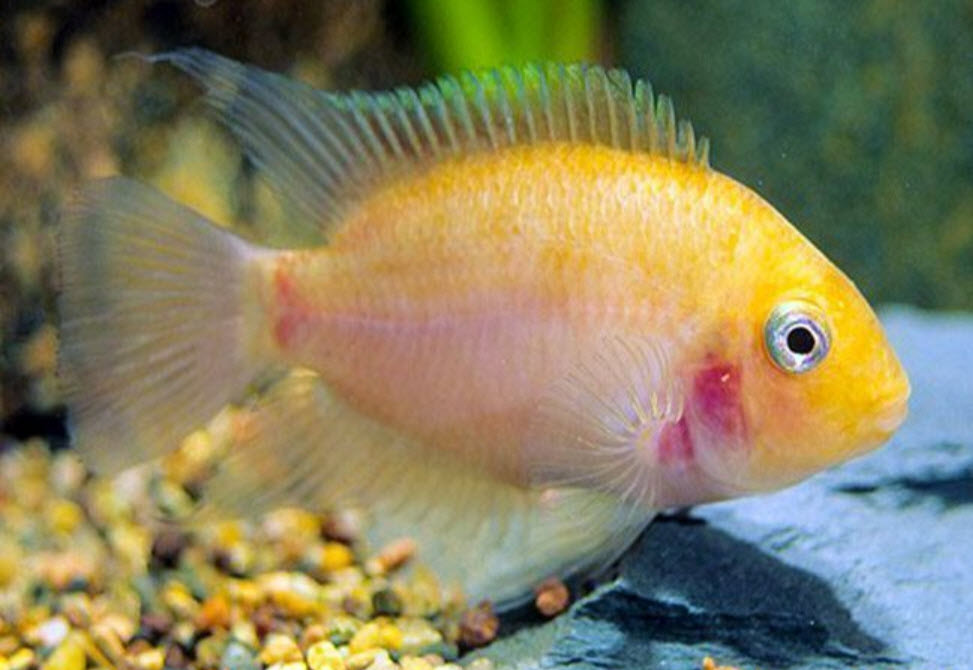
Level 3; Cycling, Getting More Complicated
There are many ways to successfully cycle an aquarium filter. Most experienced hobbyists add no fish. But some add feeder goldfish, gouramis, or danios and some even add good expensive fish. Some people are quite successful in not even cycling a filter by adding only small numbers of fish and only feeding them lightly.
The ammonia “feed” can be food, ammonia, ammonium chloride, or even urine. You can add daily small amounts of “feed” and keep the ammonia and nitrite levels low. Or you can add a piece of pantyhose loaded with a ton of fish filet and/or shrimp (i.e. lots of feed) and just leave it to decay (it will get gross) and feed lots of ammonia to the beneficial bacteria. Some folks test all parameters daily and some don’t even own a test kit. Different strokes for different folks.
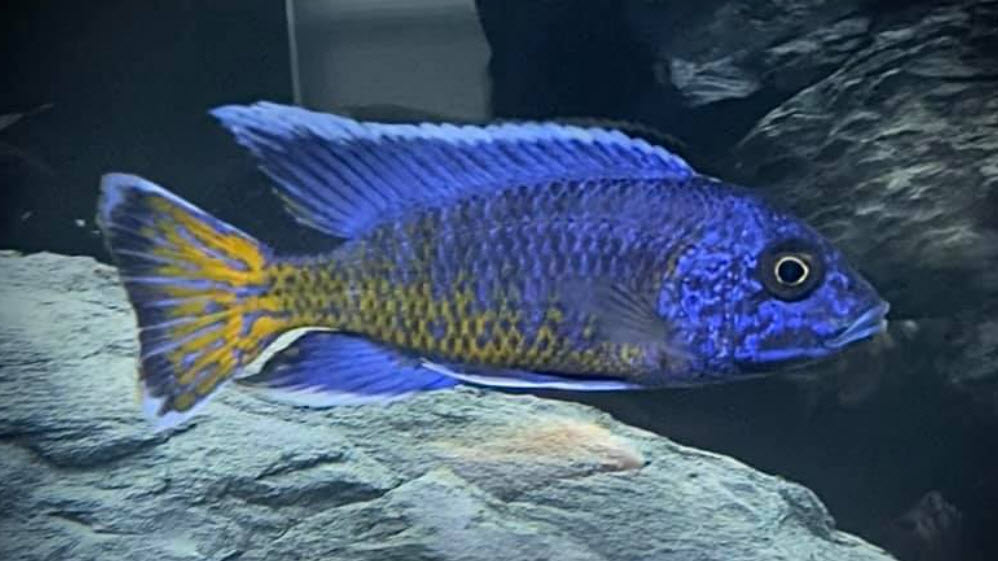
The Many Ways to Cycle an Aquarium
The various ways to cycle an aquarium can be put into a gross table:
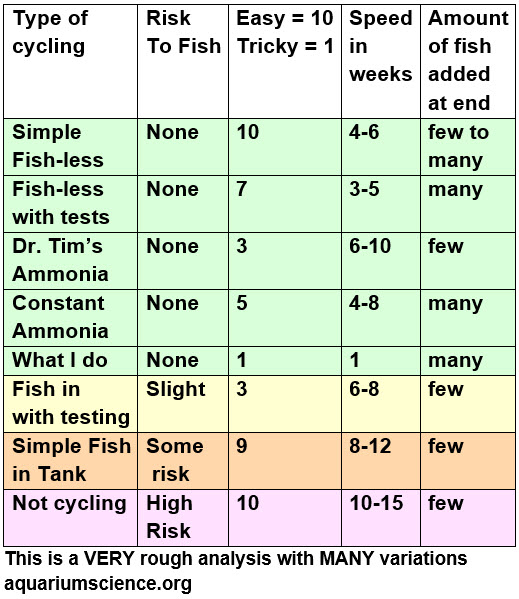
The “amount of fish” in this table reflects the number of fish one CAN stock in an aquarium at the end of a typical cycle.
Each of the methods is:
- “Simple Fishless” is just adding some fish food to an operating fishless aquarium once a day for four weeks or more.
- “Fishless with tests” gets more complicated using testing kits to monitor the cycling in a fishless aquarium with fish food being added.
These two methods of fishless cycling are covered in this article
2.1. Standard Fish-less Cycling
- “Dr. Tim’s Ammonia” adds ammonia (instead of fish food) only to maintain a level of 0.5 ppm ammonia in the aquarium.
- “Constant Ammonia” uses a daily addition of 0.5 to 1 ppm ammonia (instead of fish food) to a fishless aquarium.
These two methods of cycling with ammonia are covered in this article
2.4. Cycling with Ammonia
- “What I do” is a complicated fishless method that illustrates what an obsessive-compulsive chemist can come up with.
This method is covered in this article
2.3. How I Cycle a Tank
- “Fish-in with tests” is cycling with fish in the aquarium and using close monitoring with test kits.
- “Simple fish in the tank” adds small numbers of fish and small amounts of food and doesn’t use a test kit.
These two methods of cycling are covered in this article
2.5. Fish-in Cycling
- “Not cycling” is just starting with fish in the aquarium and doing no formal cycling at all.
This method is covered in this article:
2.6. Not Cycling at All
Of course, this table is only a rough approximation. If you use the proper inoculate (sponge filter squeezings from an established aquarium, soil, or compost) all these methods (except for “What I do”) can be sped up considerably.
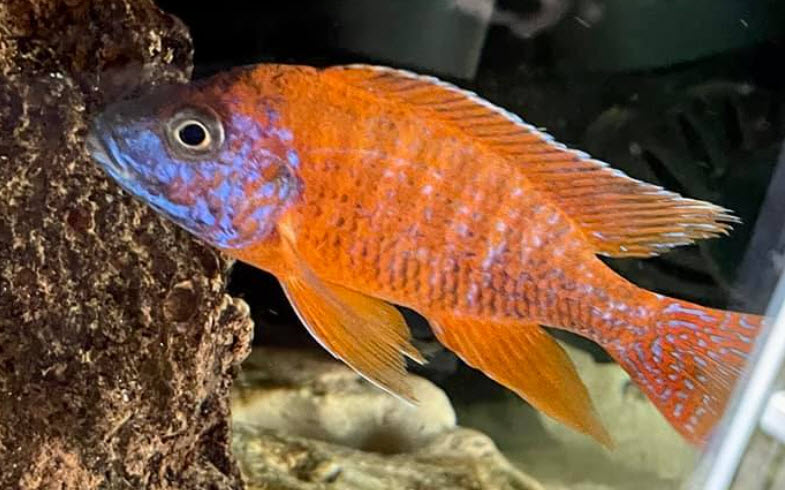
Note that “cycling” ONLY addresses the nitrogen cycle in an aquarium. A newly set up aquarium under two to three months old with only small amounts of algae and brown gunk can be “cycled” but not be “mature”. A “mature” or well-established aquarium with brown gunk in the filter and substrate is an established miniature ecosystem that simply works better than a new aquarium in a whole host of subtle ways.
This is why we recommend that anyone be patient with their aquariums and only slowly add fish. And we recommend that this be done no matter what the water tests tell the hobbyist or how the hobbyist does their cycling. The idea of a “mature aquarium” is covered in more detail in this link:
2.14. The “Mature” Aquarium
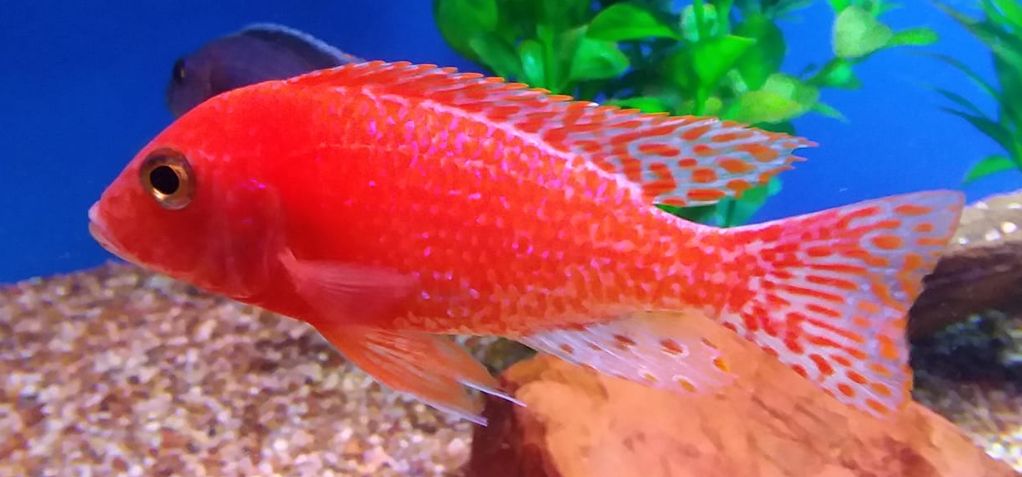
Cycling Test
A test of some of the cycling regimes was done. These are the results:
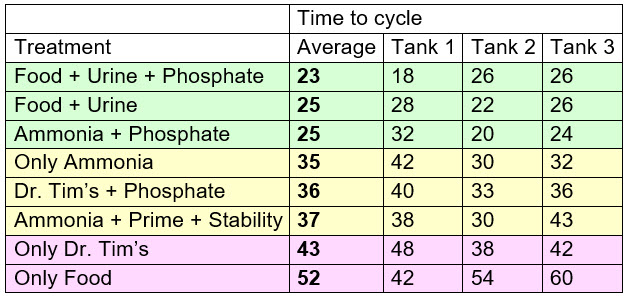
Further analysis of these results and what they mean can be found at this link:
2.13. Cycling Test
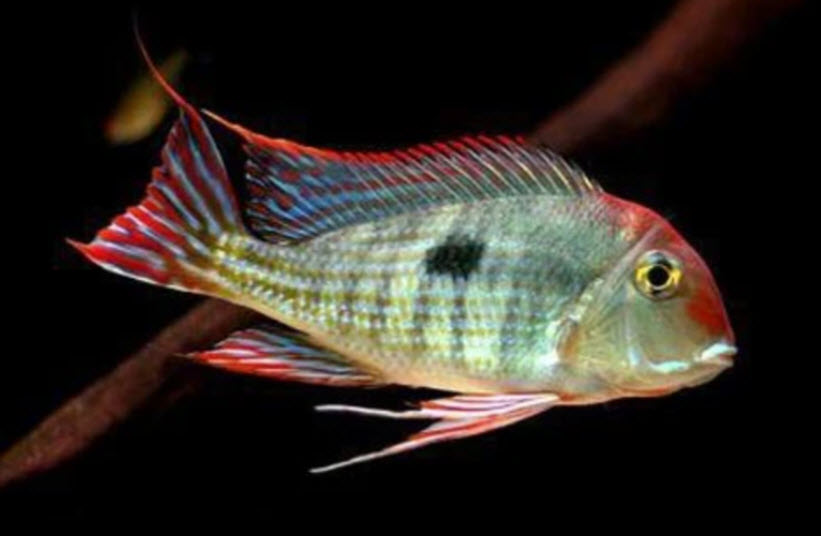
“Snake Oil” Products
Unfortunately, there are a host of aquarium product manufacturers who sell a host of products for cycling an aquarium that simply doesn’t work. It is categorically impossible to completely “instant cycle” an aquarium filter in a few hours or a day. The only way to do this is to transfer a functioning filter to the new aquarium.
A test was run on eleven bacteria-in-a-bottle products and the test said they simply didn’t work, taking 28 to 56 days to cycle an aquarium filter. This is delved into in-depth in the link:
2.8. Bacteria-in-a-bottle
This same test said that garden soil, composted manure, and gunk from an established filter take 8 to 12 days to cycle. For more information on “seeding” an aquarium go to this link:
2.11. Inoculate for Cycling
There is no use for Prime or Safe additions during cycling. The same is true of Tetra AquaSafe Plus, Kordon AmQuel, Kordon AmQuel plus, ClorAm-X and Hikari Aquarium Solutions Ultimate. None of these products are “complex” or “detoxify” ammonia or nitrite. That is a chemical impossibility. This is delved into in-depth in the link:
2.9. “Instant Cycling Chemicals”
.
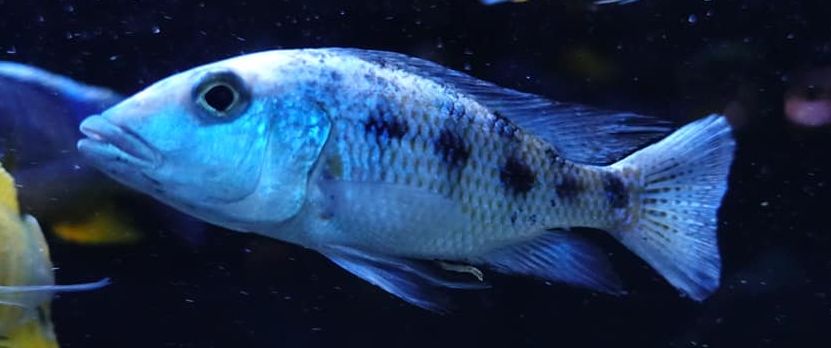
Myths about Cycling
There are a huge number of falsehoods and myths parroted around social media on the topic of cycling. These are some commonly seen:
- The brown “gunk” inside the filter bio-media or filter foam is trapped feces and it is beneficial to the aquarium to remove it frequently and thoroughly. (This is THE single biggest myth in the hobby and responsible for a lot of fish deaths!)
- If nitrite levels are over 9 ppm in a cycling aquarium the “beneficial bacterial” growth (both bacteria and archaea) is inhibited
- If ammonia levels are over 4 ppm in a cycling aquarium the “beneficial bacterial” growth will be inhibited.
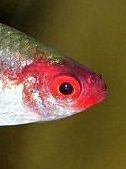
- If moderate amounts of fish are added to an aquarium that isn’t cycled, a good percentage of the time the fish will die.
- If the food supply of “beneficial bacteria” is cut off, they die in a matter of hours or days.
- “Seeding” a new aquarium with “gunk” from an old established aquarium spreads disease.
- “Beneficial bacteria” (both bacteria and archaea) only exist in thin very adherent biofilms on filter media and substrate, not in the soft brown “gunk” on the filter which can be washed off or vacuumed out.
- “Beneficial bacteria” only multiply to the level of ammonia provided to them and no further.
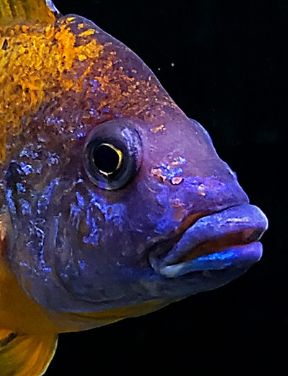
- You can set up an aquarium, use some off the shelf “bacteria in a bottle” treatment (SeaChem Stability, Dr. Tim’s One and Only, Tetra SafeStart, FritzZyme, API Quick Start, Aquarium Products Colony) and immediately add a lot of fish and not have an ammonia spike.
- You can set up an aquarium, use some off the shelf chemical water treatment and immediately add a lot of fish and not have an ammonia spike (or in the alternative scenario the ammonia spike shows up in testing but the actuality is magically “neutralized” or “detoxified” by the chemical product so one can ignore the test).
- It is beneficial to add a chemical such as Prime periodically during the cycling process.
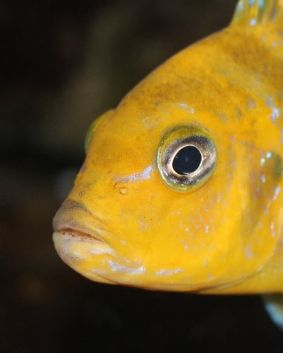
- Primetm and Safetm are superior water conditioners which also “neutralize” ammonia, nitrite, and heavy metals.
- There are products that “neutralize” ammonia and nitrite (Tetra AquaSafe Plus, Kordon AmQuel, ClorAm-X, Hikari Aquarium Solutions Ultimate, SeaChem AmGuard, API Ammo-Lock, API Stress Coat).
.
All these myths are simply not true.
.
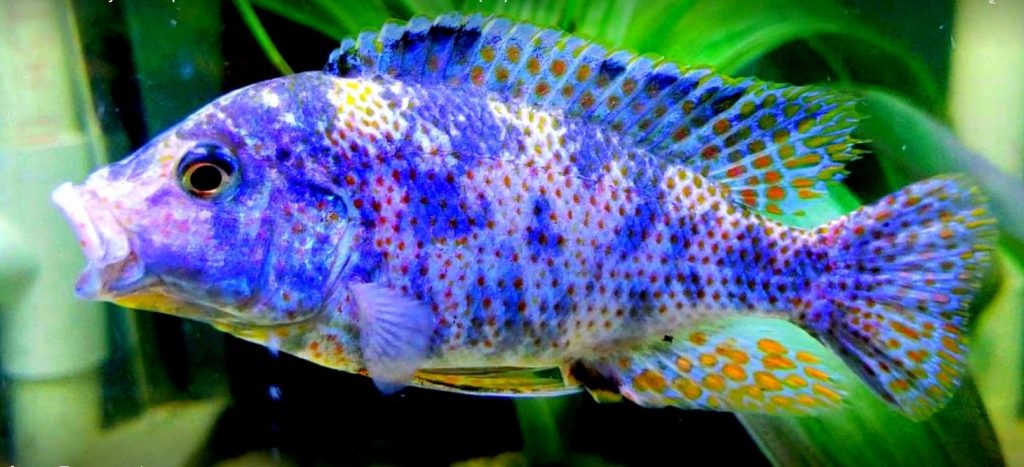
Level 4; What Research has Revealed About Cycling
Very many university researchers have found the following:
- If one can get the brown squeezings water from an established sponge filter, pour this into the water in the new tank and the cycle will occur in the fastest time possible. It is important to get these brown squeezings “stuck” in a place where there is good flow, like on the filter media. If one just leaves it lying at the bottom of a tank it won’t work very well. I keep stirring the tank whenever I use brown squeezings, like ten times a day. To oxidize ammonia “beneficial bacteria” need both a surface to attach to AND a good flow over that surface.
- Phosphate turns out to be very important to “beneficial bacteria” by testing. So after the aquarium is set up and filled with water add a quarter teaspoon of a phosphate powder (potassium phosphate, sodium phosphate, or any one of several calcium phosphates, or a high phosphate “bloom” fertilizer like Scott’s Super Bloom 12-55-6, Flower Fuel 1-34-32 or Miracle-Gro Bloom Booster 15-30-15) per twenty-five gallons of water.
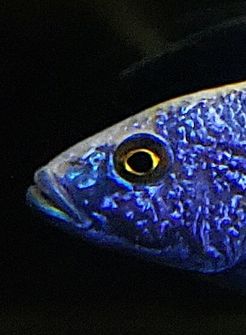
- Good garden soil from the garden and composted manure have 19 million “beneficial bacteria” (both bacteria and archaea) in one small gram. This is many times more than a whole bottle of store-bought bacteria-in-a-bottle. So a handful of soil or compost will seed a new aquarium about as well as the brown gunk from a sponge filter. Soil and compost thrown into aquarium water do cloud the water, but it clears in a week or two. Note commercial soil mixes from the garden store do NOT work (they are sterilized).
- The pH for cycling should be above 7.0 and MUST be above 6.5. The fact that low pH inhibits cycling was confirmed by tests in 2.13. link below.
- It is recommended to always keep the pH above 7.4 by adding baking soda when the pH drops during cycling. A bag of crushed coral in the filter is also beneficial.
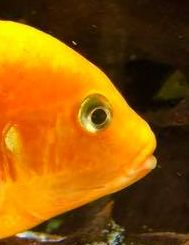
- “Beneficial bacteria” do best at a pH of 7.4 to 7.8.
- Bicarbonate hardness (KH) is important for “beneficial bacteria” (both bacteria and archaea). For every ten ppm of ammonia converted to nitrate very roughly 4 dKH (71.4 ppm or KH) of bicarbonate is used up.
- Lots of aeration will both speed up the cycling process and keep the smells down (cycling can be smelly!).
- The optimum level of nutrients for “beneficial bacteria” growth is 400 to 600 ppm of ammonia and 200 to 400 ppm of nitrite (per no less than 8 papers and two books). So high levels of either ammonia or nitrite do not stall the cycle. But note that if an aquarium has a small filter, or has poor filter media, an ammonia addition over 1 ppm can make cycling a very long process.
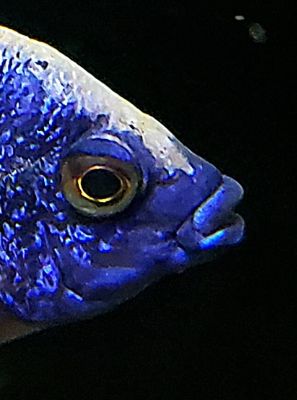
- “Beneficial bacteria” (bacteria and archaea) CAN sometimes incorporate nitrate into their bodies as protein (“assimilatory denitrification”). This can RARELY give zero nitrates in a cycled tank. Plants can also give zero nitrates in a cycled tank. Thus the end of cycling is defined as when ammonia has spiked to at least 1.0 and then hits 0.25 or less 24 hours after adding some “feed” (ammonia, food, or urine) for at least one week. If nitrite is present it needs to hit zero before the aquarium is cycled. There does NOT need to be nitrate.
- Nitrate levels are immaterial during cycling. When both ammonia and nitrite go to zero (the official “end” of cycling) do enough of a water change to bring the nitrates to a reasonable level (anywhere from 40 to 160 ppm is a fine goal)
- Note also that the whole cycling “science” is a natural process. There are hundreds of variables that one cannot control. So sometimes one can cycle in days and sometimes it can take months, no matter what one does. Mother Nature is just not very predictable.
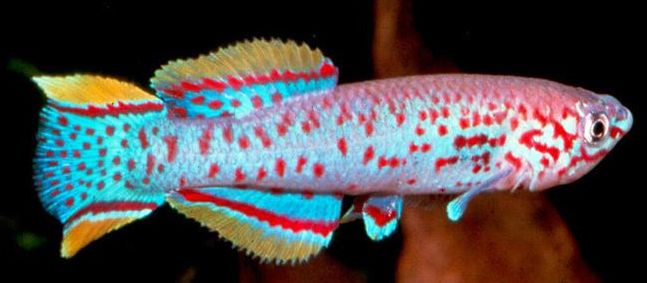
Common Errors
- Once the tank is cycled it is important not to clean the brown gunk out of the filters or to change filter cartridges. “Cycling an aquarium” is an incorrect definition of cycling. One cycles a filter. The brown gunk inside the filter on the filter media is “beneficial bacteria”. Clean it and the cycle starts all over again.
- Plants remove ammonia, nitrite, and nitrate from the water. Since ammonia and nitrite are required during cycling to feed the “beneficial bacterial” growth, adding plants to the aquarium during cycling CAN SOMETIMES prevent the tank from cycling.
- The most common mistake in cycling is to panic and do water changes when the water turns cloudy or green, or the ammonia or nitrite levels rise. Water changes remove the feed for the “beneficial bacteria” and stop the cycle. One needs to just ignore the cloudiness or the green. For more on that topic click on these links:
6.2.3. Cloudy Water
16.7. Green Water
.
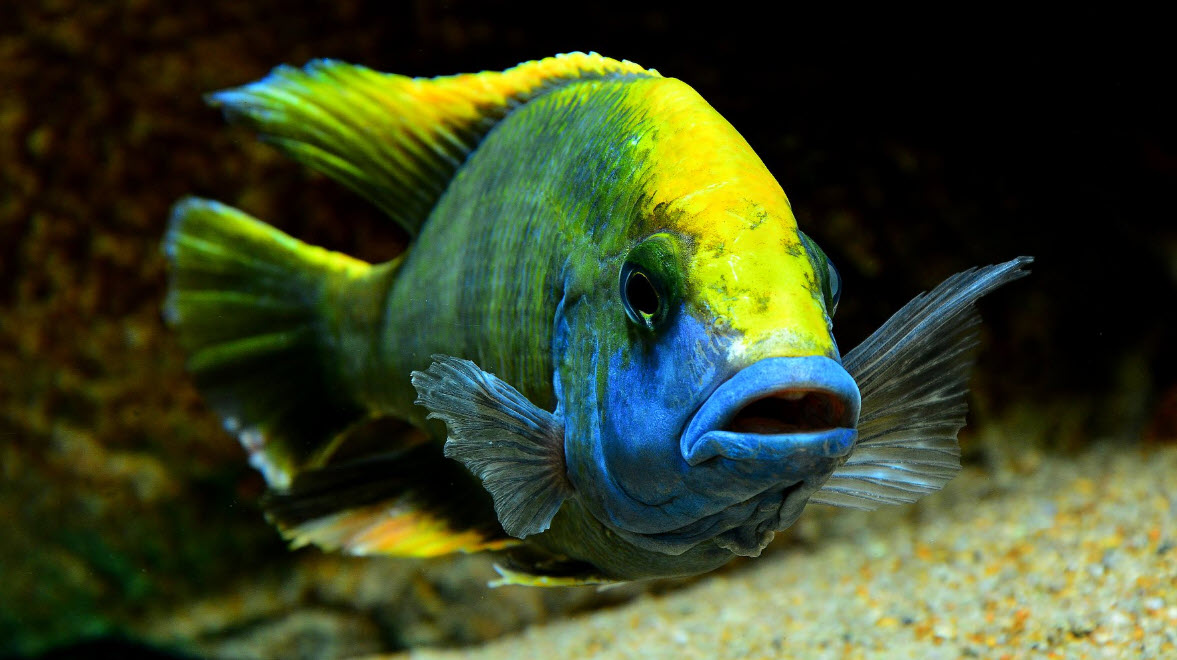
Level 6; More In-depth Analysis of Each Cycling Method
Because there are so many ways to successfully cycle an aquarium, the subject has a lot of complexities and needs a lot of supporting links. To go into all the various ways to cycle an aquarium click on the following links:
2.1. Standard Fish-less Cycling
2.2. The Many Ways to Cycle a Tank
2.3. How I Cycle a Tank
2.4. Cycling with Ammonia
2.5. Fish-in Cycling
2.6. Not Cycling at All
2.15. Cycling a Planted Aquarium
In addition, we did a test of the various cycling methods:
2.13. Cycling Test
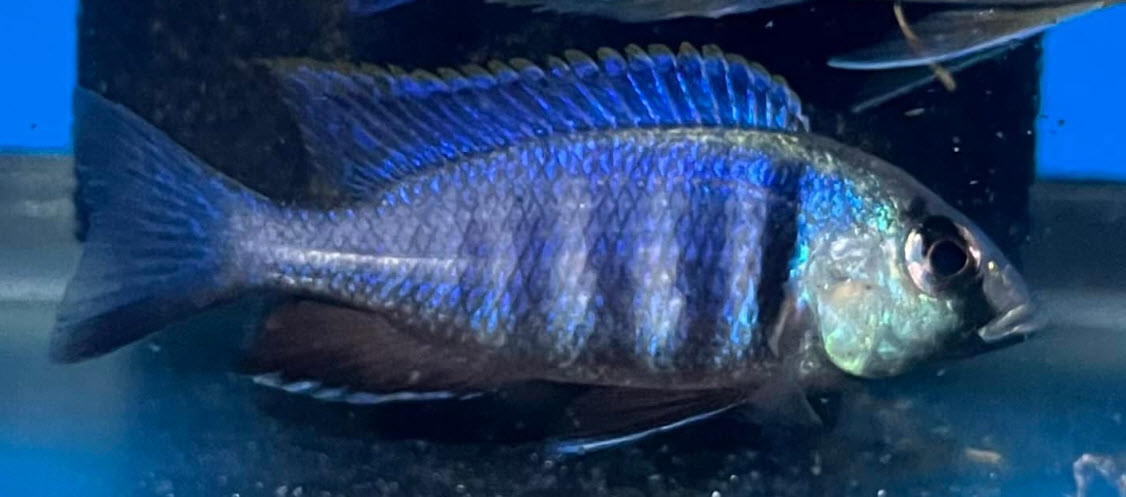
Mistakes During Cycling
Then there are a bunch of ways for newcomers and experienced hobbyists to make mistakes in cycling. These links review these errors:
2.7. New Tank Syndrome
2.8. Bacteria-in-a-bottle
2.9. “Instant Cycling” Chemicals
.
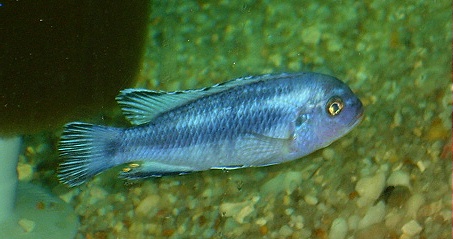
The Science Behind Cycling
Then there is the science behind cycling for those who are curious. This science is reviewed in the following links:
2.10. The Nitrogen Cycle
2.11. Inoculate for Cycling
2.12. Beneficial Bacteria
2.14. The “Mature” Aquarium
The topic of biofiltration and cycling are closely related. So if one is interested in delving deep into the science and the calculations behind all aspects of biofiltration the following is pertinent:
6.2. Biofiltration
6.2.1. Detritus Explained
6.2.2. Brown Gunk
6.2.3. Cloudy Water
.
Return to Home Page and Main Menu
.
Aquarium Science Website
The chapters shown below or on the right side in maroon lead to close to 400 articles on all aspects of keeping a freshwater aquarium. These articles have NO links to profit-making sites and are thus unbiased in their recommendations, unlike all the for-profit sites you will find with Google. Bookmark and browse!
.

Dave says
In reply to anonymous …. Quite normal reaction. Just have patience and give it several weeks. No water changes, no filter cleaning.
Anonymous says
i seed my aquarium with old filter gunk, and a day later my water smells like gunpowder/firecracker? There’s also white stuff covering my wood and rock.
Natasha says
Thank you, Dave. I placed an ammonia alert in the tank yesterday and it’s showing Safe. I haven’t dosed in 2 days. I tested on 1.8.25 and the ammonium showed btw 0 and .25. Nitrites were decreased to 1 ppm and Nitrate the same at 5ppm. Fish still active and doing great! I’m doing my best not to worry and just believe things are moving in the right direction. I’m grateful for finding your website. I will take your advice and let Mother Nature do her thing.
Dave says
In reply to Natasha ….. There is so much bad advice out there. First off when you cleaned the canister you removed all the beneficial bacteria and you will need to do a fish-in cycling of the tank. Never clean a filter till the flow slows way down. Forget the Prime and Stability (they do nothing for cycling a tank). Stop doing water changes (they deprive the beneficial bacteria of their food). And stop with the constant testing (It only gives you something to worry about). Keep the water salted at at least a tablespoon of salt per ten gallons (It helps with nitrite toxicity). Here’s an article on fish in cycling. : http://aquariumscience.org/index.php/2-5-aquarium-fish-in-cycling/
Natasha says
Hi Dave, I’m getting conflicting information and not sure what I should do next. I know nothing about aquariums, never wanted one and oddly enough I am grossed about by slimy fish and gross aquarium water. Hubby bought a 75 gal after Thanksgiving. It was setup by his “fish guy”, cycled with seeded material, allowed to marinate untouched for about 2-3 weeks before levels tested and we were given the all clear to add fish. We now have 1 polar blue parrot, 1 gold severum, 1 true parrot, 1 red shoulder severum and 9 rainbow fish. Rainbow fish were added a week before other fish. I’ve been testing parameters and dosing with prime and stability because I have dreams that my favorite fish dies. Tested today and ammonia is between 0 and .25, nitrites between 2-4, and nitrates 5 (ammonia dropped from .5-1, nitrates rose slightly, nitrites about the same but hard to differentiate colors). I dosed prime and api stress zyme after testing. Depending on what store i seek advice I’m told to A. continue dosing prime and bacteria everyday until levels come down and do a 50% water change OR B. stop dosing, vacuum gravel once, continue feeding every 3rd day and just leave it be. I do believe that we were overfeeding in the beginning but have been feeding every other day or every 3rd day for the last 10 days. We’ve done 2 50% water changes and light gravel vacuums. The last being on 1.1.2025. I also cleaned canister on 1.1.2025 because it was making a weird noise and i thought it might be clogged. All media rinsed in old canister water. We have 2 fluval 307 canisters (2nd added on 1.5.2025) and a sponge filter in tank. pH is 7.8 ish (tap tests the same). Tank temp is between 80-81 F – Increased temp due to ich. Water treated with Fitz Coppersafe and API aquarium salt to treat ich. Fish are doing great, very active, color is good. I’m just so worried about losing them yet I also feel like this constant testing is giving me anxiety. Any help you can offer is greatly appreciated.
Thank you,
Natasha
Dave says
In reply to Jumping Goat …. Yes, I do it all the time as does Cory.
jumping goat says
is it possible to put a mature cycled filter to a new tank for an instant cycle?
Dave says
In reply to Stephen ……Use dilution techniques (i.e. one milliliter sample to 100 milliliter distilled water). Note I would never recommend one actually cycle at that level. I recommend a 4 to 20 ppm range for cycling.
Stephen says
Are these numbers correct?
“The optimum level of nutrients for “beneficial bacteria” growth is 400 to 600 ppm of ammonia and 200 to 400 ppm of nitrite…”
How do I measure a ppm that high?
Dave says
In reply to Phil …. Just keep on trucking with no water change. You’re doing everything right.
Phil says
Update…
I stayed the course with additions of Tim’s no water changes and stopped adding food just stirring the tank to get the gunk moving. It is like a bacterial switch was flipped and I am now testing 0 ammonia from 4 PPM in apex. 12 hours and 0 nitrites from 2 PPM in about 12 hours from ammonia addition (24 hours total). 23 days from start to what appears to be cycled at 72 degrees.
This website and the information contained within is the bomb!
Will start planting next week:-)
Thanks so much for your wealth of information.
Phil says
Howdy,
Any insights are appreciated.
Fish-less cycling a 76 hillstream following parameters:
Temp 72
pH 7.6 (adjusted with baking soda)
gH 8
kH 4
Oversized sump with 1 cu ft of k5 fluidized bed, 4 14.5 x 12X 2″ 30 dpi poret pads
Cycling with 16ml Tim’s & tabs fish food (ammonia goes to 4 ppm on API test kit and decreases to 0 in < 24 hours (water gets wicked cloudy then much less so), Nitrites off the charts even with dilution to 1ml/5ml of known 0 nitrite. Haven't bothered testing nitrates. Substantial inoculate from well established tank.
So I'm 21 days in… keep on keeping on or change something… As mentioned in your articles I am so very tempted to do a water change.
Thanks for your amazing information!!!
Best,
Phil
Dave says
In reply to Chris …… It is very difficult to get adults to understand about over-feeding fish let alone kids. I recommend that you find some way to control the amount of food going into the tank.
And yes, you can fishless cycle in a five gallon bucket and probably should.
Chris says
So I have a tank with less than ideal water it’s a 55 gallon with just under a lb of fish mainly a 9 oz and a 6 oz gold fish snails and catfish (it’s my wife and kids tank Im left with the task of keeping them alive ) I put a medium canister filter on it packed it with foam that got me to no ammonia no nitrites just nitrates so I’m to assume it cycled but with fish in the tank so I still get cloudy water
I got a under gravel filter as well it’s on air the big fish hate air stones so this was a win win for me they can’t mess with the tubes I have since set up 2 wavemakers to do the same job in the way suggested hear I’ll keep the bubbles I like the look
So my real question is I just got another canister 2x the size practically free can I do a fishless cycle in say a 5 gallon bucket and would this be better than just letting it run in the tank
And question 2 should I go for even more filtration I know I’m way past what is needed but it’s a kids tank I want to be able to handle over feeding I estimate I’m 3-4x the amount of filtration mentioned hear for a lb of fish
Kevin says
Hi Dave,
Thank you for the response.
I have some questions regarding cycling filters/aquarium.
Question #1) Do I need a heater for fish-less cycling? Room temperature typically at 68-69 deg Fahrenheit. (I have 1 small tank and 2 one-gallon jug planning to cycle)
Question #2) Also what if I am doing fish-in cycling and it has been only 4 weeks and my canister filter foams and sponge filter foams are quickly filled FULL with brown gunks, and my water cloudiness remains at 90% milky, with consistent 0 ammonia and 0 nitrate level (tank has no plants) and the water flow in canister filter slows down but still okay not completelely stopped, however the tank glass and almost everwhere is being filled with brown gunk and white “algae” or white films all over the place -> can I clean the filter media gently to remove some brown stuff so that water can flow better or just leave it be?
Thank you for your valuable response in advance.
Dave says
In reply to Julian Morgan …… Interesting. I deliberately define “beneficial bacteria” to include archaea. This very deliberately avoids the whole topic of bacteria versus archaea. This topic just makes a complicated picture even more complex. And I repeatedly start out with a very uncomplicated method for all my articles, including this one on cycling. But since the actual science behind cycling is quite complex I have to add a lot of articles. This is only to satisfy the real nerds among us.
Julian Morgan says
Suggest you have a read of the following thread on the UK Aquatic Plants Forum:
https://www.ukaps.org/forum/threads/the-nitrifying-microbes-in-aquariums-and-cycling.70906/
The thread links to numerous papers that I think will be of great interest.
I thoroughly enjoy, respect and welcome the myth busting ethos of your website, however I think you’re over-complicating what nature does effortlessly and relatively quickly with the simple ingredients of water, light and actively growing plants. When said plants are not carbon limited, as in floating plants, the process is even quicker.
Also you really should mention archaea – ammonia oxidising microbes whose critical importance in aquaria we were entirely ignorant of until roughly 10 years ago – because a big myth that needs ‘busting’ is that it’s only bacteria that should concern us.
Thanks for a wonderfully informative site!
Dave says
Anonymous …… Cycling is a natural process and natural processes are not very predictable. Just keep trucking till your nitrites come down.
Anonymous says
My water has turned crystal clear again during a fishless cycle. However, my nitrites are at 10 ppm. Why is that?
Dave says
In reply to Merrin ….. I would add the substrate and hardscape initially and do the cycling with that in place.
Merrin says
For beginners doing a fishless and plant less cycle do you recommend adding substrate and hardscape to an aquarium during initial cycling? Or later after the beneficial bacteria are established in the filter?